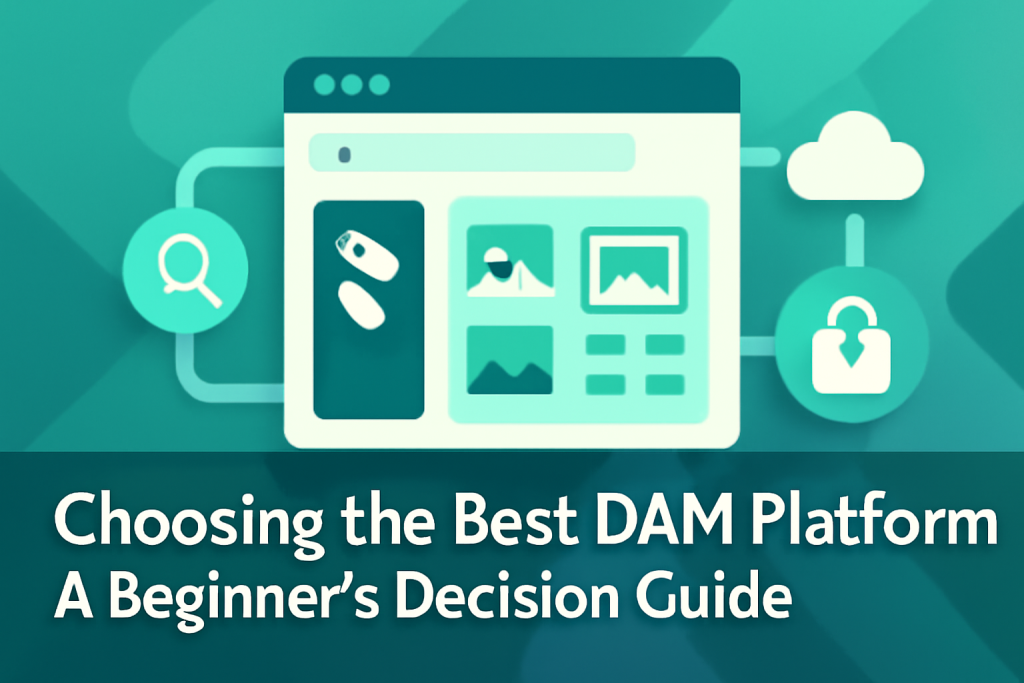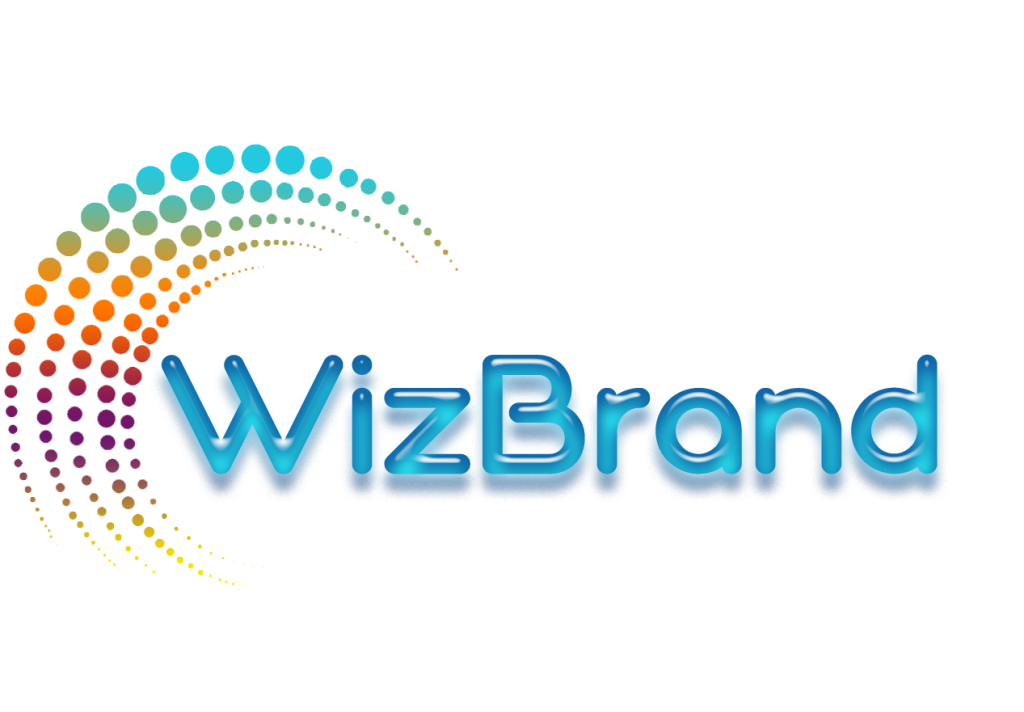
In today’s fast-paced digital world, businesses are generating more content than ever before. From videos, images, and documents to social media posts, managing digital assets efficiently is crucial to maintaining a smooth workflow and maximizing productivity. This is where Digital Asset Management (DAM) platforms come in. A DAM solution centralizes all your digital content, making it easy to store, search, organize, and share assets. But with so many DAM platforms available, how do you choose the right one for your business?
This blog post will guide beginners through the essential steps in choosing the best DAM platform, focusing on key factors like functionality, ease of use, integrations, and scalability. We’ll also highlight how Wizbrand, a leading DAM solution, can help businesses streamline workflows, optimize content, and enhance team collaboration.
Understanding Digital Asset Management
Before diving into the specifics of selecting the right DAM platform, it’s important to understand what Digital Asset Management is and how it benefits businesses. At its core, DAM refers to the systematic organization, storage, and retrieval of digital assets such as images, videos, documents, and other multimedia content.

A good DAM system allows businesses to:
- Store all digital content in one centralized location
- Organize assets with metadata, tags, and categories
- Ensure easy retrieval of assets through robust search functionality
- Control asset versions and access permissions
- Improve collaboration between teams and departments
With the right DAM platform, companies can drastically reduce the time spent searching for files, streamline content creation, and improve team collaboration. But how do you pick the best DAM system for your business?
Key Features to Look for in a DAM Platform
When evaluating potential DAM platforms, several factors should influence your decision. Here are the most important features to consider:
1. Ease of Use
A great DAM platform should be user-friendly and intuitive. You don’t want your team to spend time learning a complicated system. Look for platforms with simple interfaces and drag-and-drop functionalities that allow users to easily upload, organize, and search for digital assets.
Wizbrand offers an easy-to-navigate interface that minimizes the learning curve. With its clean design and intuitive tools, even beginners can quickly start managing their digital content with minimal training.
2. Search and Metadata Management
Effective search capabilities are one of the key advantages of using a DAM platform. Without a robust search function, finding the right asset can be like looking for a needle in a haystack. A top DAM system should allow you to tag assets with metadata, categorize them, and enable quick, accurate searches.
Wizbrand excels in this area with its powerful metadata tagging and filtering options, which allow users to quickly locate the files they need. Whether you’re looking for images, videos, or documents, Wizbrand’s advanced search features ensure you can easily find any asset in seconds.
3. Integrations with Other Tools
To maximize the value of your DAM system, it’s important that it integrates seamlessly with the other tools your team uses, such as content management systems (CMS), project management software, and marketing automation platforms.
Wizbrand integrates with a wide range of popular tools, enabling a seamless workflow for teams. Whether it’s syncing with your website, marketing platforms, or social media accounts, Wizbrand ensures that your content is always in sync and ready for use across multiple channels.
4. Collaboration and Workflow Management
Collaboration is key when working on digital content with a team. A DAM platform should allow for easy collaboration by offering tools for file sharing, version control, and real-time editing. This ensures that all team members are on the same page, working with the latest assets.
Wizbrand shines in its ability to enhance team collaboration. Users can share assets with colleagues, make real-time updates, and track changes, ensuring that everyone has access to the most current versions of digital content.
5. Security and Permissions
Another crucial aspect of choosing a DAM system is security. Your digital assets are valuable, and it’s essential that they are protected from unauthorized access. Look for a DAM platform that allows you to control user permissions, ensuring that only authorized individuals can view, edit, or delete certain assets.
Wizbrand offers robust security features, including customizable user permissions and access controls. You can manage who has access to your digital assets, ensuring that sensitive files are only shared with the right individuals.
Wizbrand: A Top Choice for DAM Solutions

Among the many DAM platforms available, Wizbrand stands out as one of the Best Digital Asset Management Software solutions on the market today. It provides all the features that businesses need to efficiently manage their digital content, from seamless integrations and intuitive user interfaces to advanced search functionalities and collaboration tools.
For those looking for Best DAM Tools in the world, Wizbrand offers a comprehensive solution that helps businesses streamline their workflows and improve team efficiency. Whether you’re a digital marketer, content creator, or SEO professional, Wizbrand’s DAM system helps you stay organized and productive.
Conclusion
Choosing the right DAM platform is a critical decision that can significantly impact the efficiency and productivity of your business. By considering key factors like ease of use, search capabilities, integrations, and collaboration features, you can make an informed choice that aligns with your team’s needs. Wizbrand is a leading choice for businesses looking for a reliable, user-friendly DAM platform that streamlines workflows, enhances team collaboration, and optimizes content management.